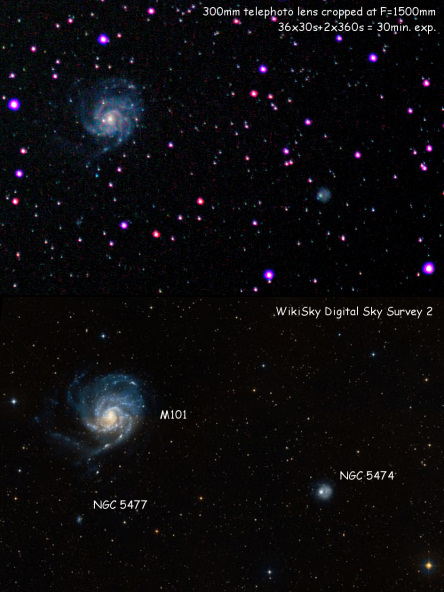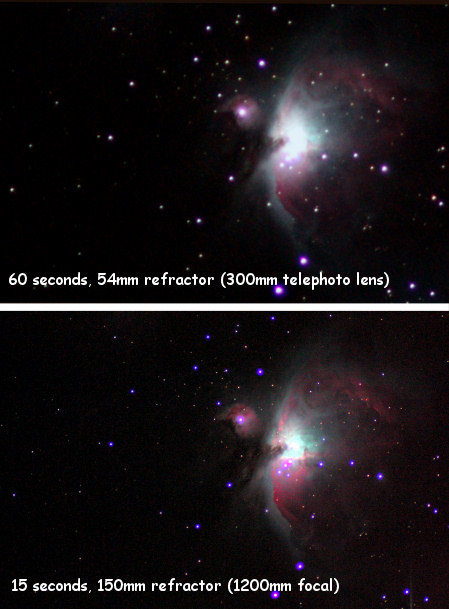Capella is the brightest star in Auriga constellation. It is very easy to spot in the Northern hemisphere. It is a circumpolar star, very bright one. The picture has been taken through a 300mm telephoto lens and Canon EOS 450d over a Sky Watcher EQ6 equatorial mount.

Here it is the full frame, with a lot of stars in the field and great detail:
http://www.awesky.com/Deep+Sky/Misc/Capella+-+Alpha+Aurigae/

